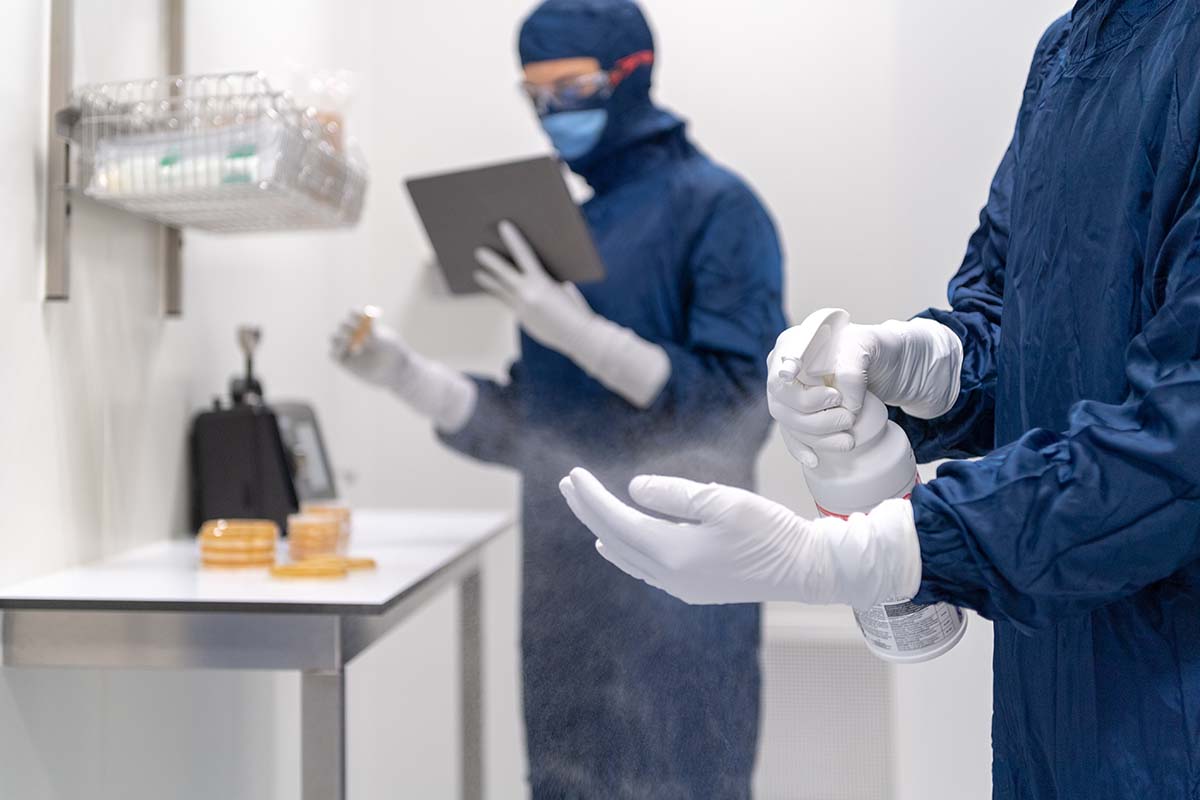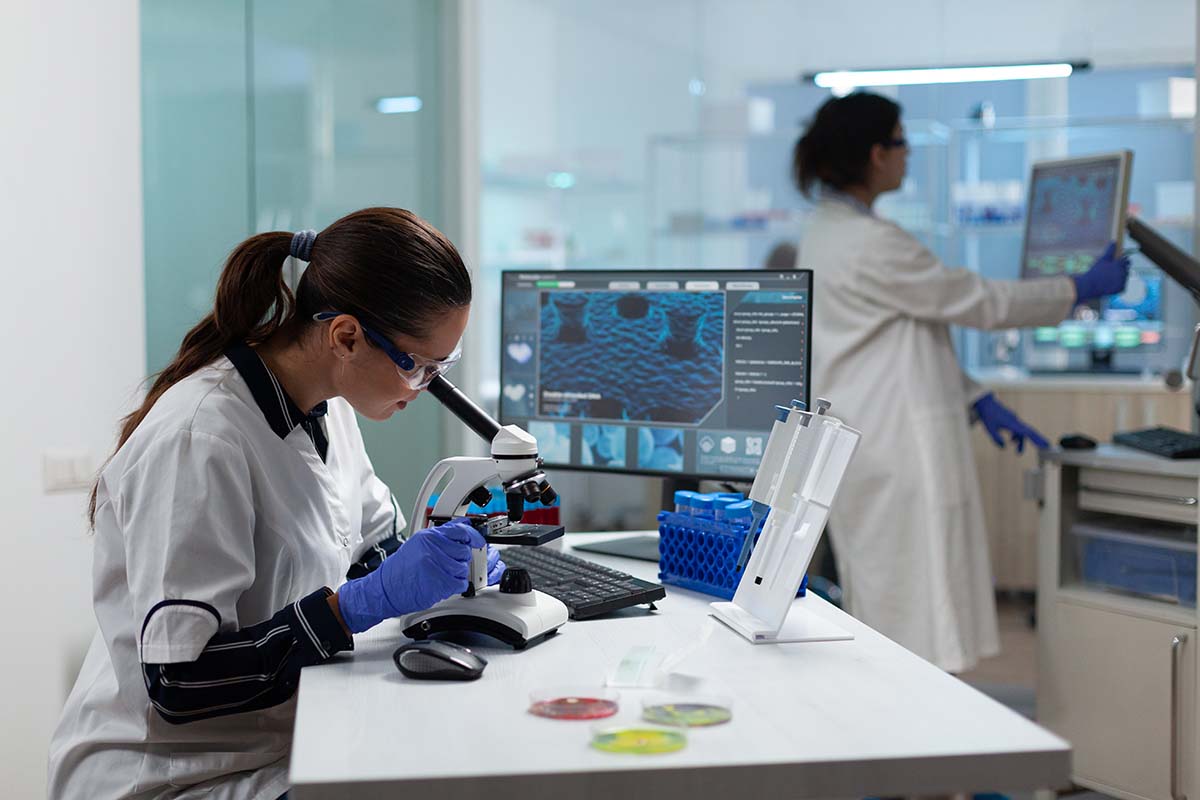Working in a laboratory often feels like being at the frontier of human knowledge, pushing boundaries and unveiling novel insights that could change our understanding of the world. However, amid the thrill of discovery, one aspect can bog you down – paperwork.
Buried under a mountain of forms, protocols, and reports, the pace of your groundbreaking work can slow to a crawl. But worry not! This guide will illustrate how you can easily navigate the paper labyrinth that is slowing down your lab work and get back to what you do best – contributing to the fascinating world of science.
Streamlining the Documentation Process
The first step to untangling the paperwork puzzle is to streamline the documentation process. Consider reducing redundancies and unnecessary processes in your current documentation system. This might involve eliminating duplicate forms, standardizing report structures, or automating data entry where possible. Remember, the goal isn’t to eliminate paperwork entirely – after all, meticulous record-keeping is crucial in scientific research. Instead, your aim should be to make the documentation process as efficient and painless as possible, freeing up more time for your core research activities.
On the other hand, if your lab is still using traditional pen and paper methods, it might be time to consider digital solutions. With electronic data entry and storage, you can easily access and manage your documentation from anywhere, reducing the risk of lost or damaged paperwork. Additionally, many software programs offer features such as templates, automatic backups, and version control that can greatly simplify the documentation process.
Biotech AP Automation
One effective solution for streamlining the paperwork process is Biotech AP Automation. This innovative technology automates accounts payable processes, including generating purchase orders and invoices, matching them with the corresponding documentation, and flagging errors or discrepancies.
It also offers features such as electronic approvals and digital signatures, reducing the need for physical paperwork and manual sign-offs. Namely, an automation system eliminates the need for manual data entry, reducing human error and freeing up valuable time. By implementing Biotech AP Automation in your lab, you can say goodbye to the tedious paperwork process and focus on what truly matters – breakthrough research.
Simplifying Protocols
Another way to ease the burden of paperwork is by simplifying protocols. Often, researchers get caught up in excessively detailed protocols, resulting in an avalanche of forms and reports that need constant updating. However, by breaking down protocols into smaller, more manageable steps and focusing on key details, you can reduce the amount of documentation required significantly. Additionally, consider using digital platforms or apps to streamline data collection and analysis, further reducing paperwork.
Conducting scientific experiments, analyzing results, and making groundbreaking discoveries require significant time and effort. However, the burden of paperwork should not hinder your progress or dampen your research enthusiasm.
By streamlining the documentation process, implementing Biotech AP Automation, and simplifying protocols, you can overcome this obstacle seamlessly. With these strategies in place, you can focus on what truly matters – advancing human knowledge and making a significant impact in the world of science.
Embracing Collaboration Tools
Leveraging collaborative tools is another powerful strategy to reduce paperwork in your lab. Digital platforms like Google Docs or shared project management tools allow multiple users to work simultaneously on the same documents. Version control becomes simpler, and the need for physical printouts diminishes. Revisions happen in real time, keeping everyone on the same page, both literally and figuratively.
What’s more, these tools often offer storage solutions, making document search and organization a breeze. Embracing these collaborative tools can save a lot of time and effort, leaving you more time to focus on your research. You can also effortlessly communicate and share documents with colleagues, mentors, or collaborators in other locations. Collaboration tools not only streamline the paperwork process but also foster teamwork and efficiency within your lab.
Streamlining the Documentation Process: Simplifying Data Entry
Data entry is probably one of the most tedious lab paperwork aspects. However, with the rise of technology, there are now many ways to simplify this process. For instance, barcode scanning or RFID tracking can streamline data collection and entry, reducing the chances of human error. Additionally, consider investing in electronic lab notebooks (ELNs) to digitize your notes, protocols, and results in one centralized location. ELNs also offer version control, collaboration options, and secure data storage features.
For example, the LabArchives ELN allows users to capture and manage their research data in a secure, organized, and searchable manner. It also offers integrations with other applications and devices, making data entry even more efficient. Some ELNs even have built-in protocols, allowing for streamlined documentation and data analysis.
In conclusion, streamlining lab paperwork is not an impossible task. By strategically implementing technologies like Biotech AP Automation and embracing digital solutions like electronic lab notebooks and collaboration tools, you can significantly reduce the administrative burden that hampers your research pace.
Simplifying protocols, standardizing report structures, and leveraging automated data entry methods further ease the paperwork load. Remember, the ultimate goal is to create an efficient and effective documentation system that helps rather than hinders your groundbreaking scientific work. Embrace these strategies, and you’ll find more time for what truly matters – conducting research and contributing to the vast and ever-growing world of science.




















